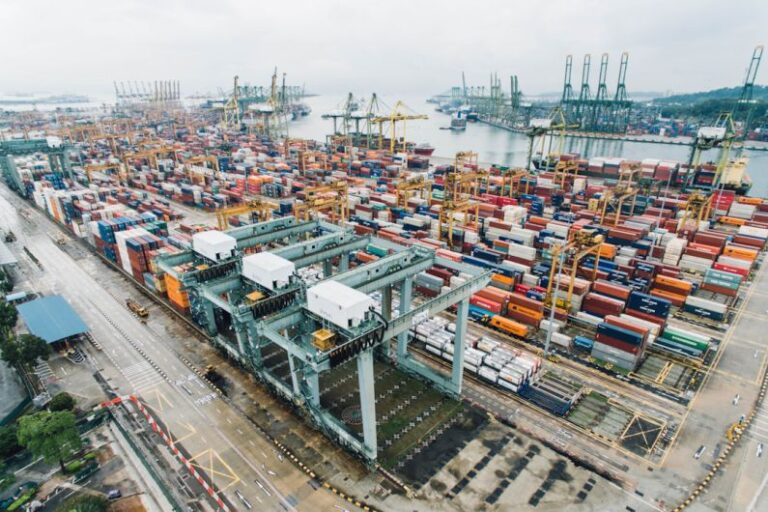Navigating Peak Season Logistics Challenges
The peak season is a crucial period for businesses across various industries, where demand surges, and logistics operations are put to the test. Navigating peak season logistics challenges requires strategic planning, proactive measures, and efficient execution to ensure smooth operations and customer satisfaction. In this article, we will delve into the key challenges faced during the peak season and provide insights on how businesses can effectively overcome these hurdles.
Planning for Increased Demand
One of the primary challenges during the peak season is managing the sudden spike in demand. Businesses must anticipate this surge and plan their logistics operations accordingly. Forecasting customer demand, analyzing historical data, and collaborating closely with suppliers are essential steps in preparing for the peak season. By aligning production schedules, inventory levels, and transportation capacity with anticipated demand, businesses can mitigate the risk of stockouts, delays, and inefficiencies.
Optimizing Inventory Management
Effective inventory management is critical during the peak season to avoid overstocking or understocking of goods. Leveraging technology such as inventory management software and automated systems can help businesses track inventory levels in real-time, identify fast-moving products, and streamline order fulfillment processes. By maintaining optimal inventory levels and strategically positioning stock across distribution centers, businesses can improve order accuracy, reduce lead times, and enhance overall operational efficiency.
Enhancing Supply Chain Visibility
Visibility across the supply chain is essential for businesses to monitor the movement of goods, identify potential bottlenecks, and proactively address issues that may arise during the peak season. Investing in supply chain visibility tools, utilizing IoT devices, and implementing track-and-trace systems can provide real-time insights into inventory levels, shipment status, and delivery timelines. By enhancing visibility, businesses can improve decision-making, optimize resource allocation, and ensure timely delivery of goods to customers.
Streamlining Last-Mile Delivery
Last-mile delivery presents unique challenges during the peak season, as businesses strive to meet customer expectations for fast and reliable shipping. Optimizing last-mile logistics through route optimization, dynamic scheduling, and delivery tracking solutions can help businesses reduce delivery times, minimize costs, and enhance the overall customer experience. Collaborating with third-party logistics providers, leveraging crowdshipping services, and implementing alternative delivery options such as locker pickups or curbside delivery can further streamline last-mile operations and accommodate the increased volume of orders.
Managing Peak Season Workforce
The peak season often requires businesses to scale up their workforce to meet the surge in demand. Recruiting, training, and managing temporary staff can pose challenges in terms of maintaining operational efficiency and ensuring consistent service levels. Developing robust training programs, implementing performance metrics, and optimizing workforce scheduling can help businesses effectively manage peak season staffing requirements. By empowering employees with the right tools and training, businesses can enhance productivity, reduce errors, and deliver exceptional service to customers.
Adapting to External Factors
External factors such as inclement weather, labor strikes, or supply chain disruptions can significantly impact logistics operations during the peak season. Businesses must remain agile and adaptable to unforeseen circumstances by developing contingency plans, establishing alternative transportation routes, and diversifying suppliers. Maintaining open communication with stakeholders, monitoring external factors proactively, and implementing risk mitigation strategies can help businesses navigate unexpected challenges and ensure continuity of operations during the peak season.
Overcoming Peak Season Logistics Challenges
Successfully navigating peak season logistics challenges requires a combination of strategic planning, technology adoption, and operational excellence. By focusing on forecasting demand, optimizing inventory management, enhancing supply chain visibility, streamlining last-mile delivery, managing peak season workforce, and adapting to external factors, businesses can overcome hurdles effectively and deliver exceptional service to customers. Embracing innovation, fostering collaboration, and continuously improving processes are key to thriving during the peak season and beyond.






